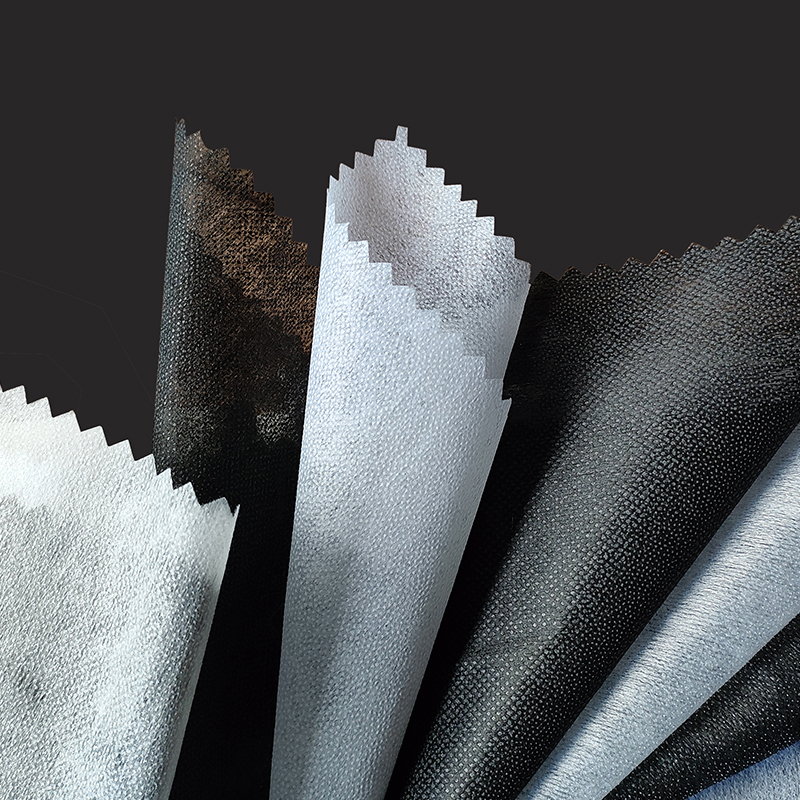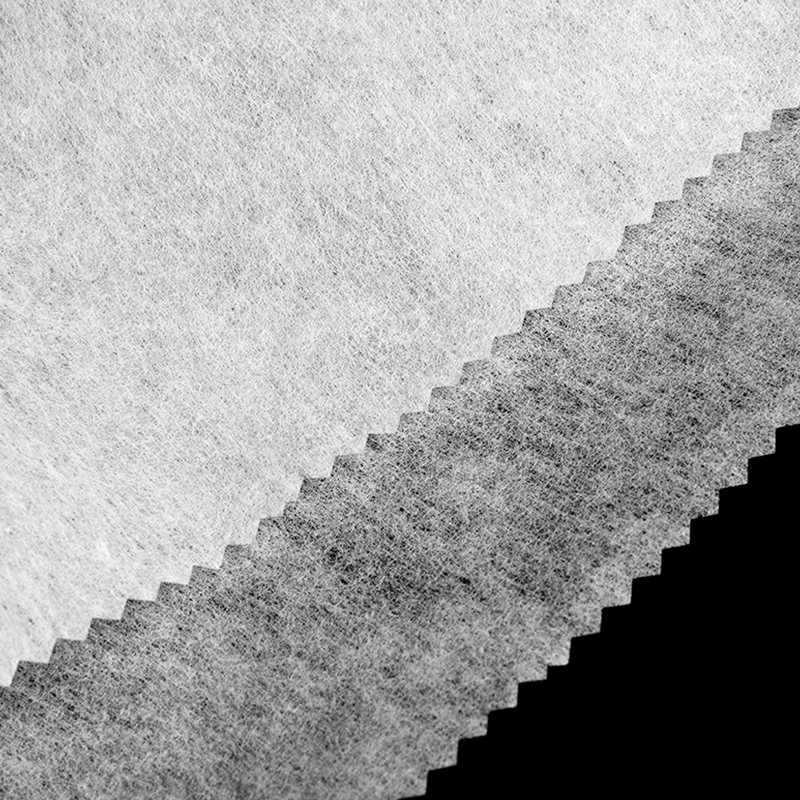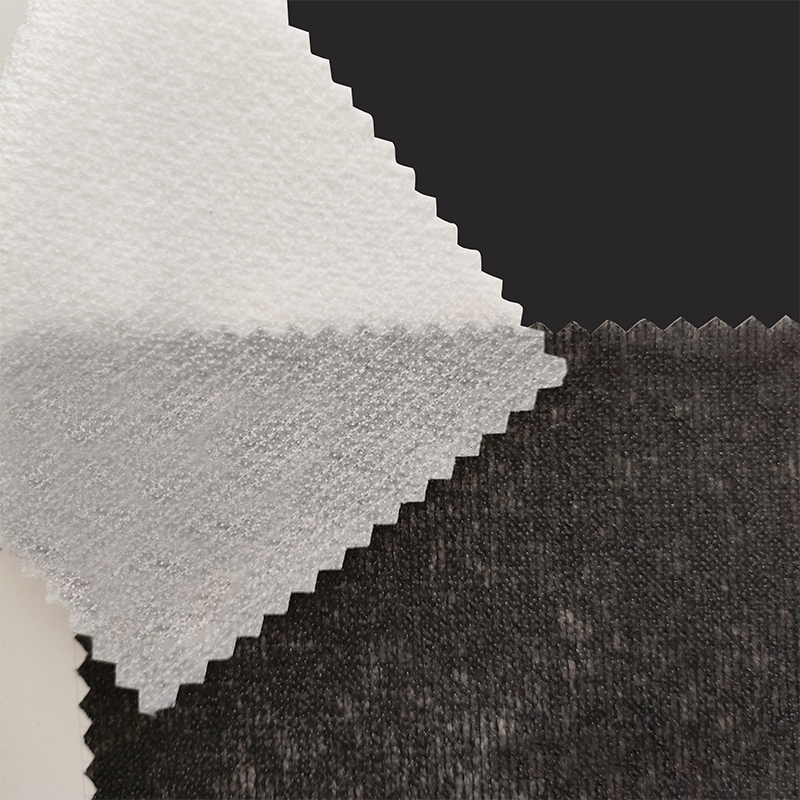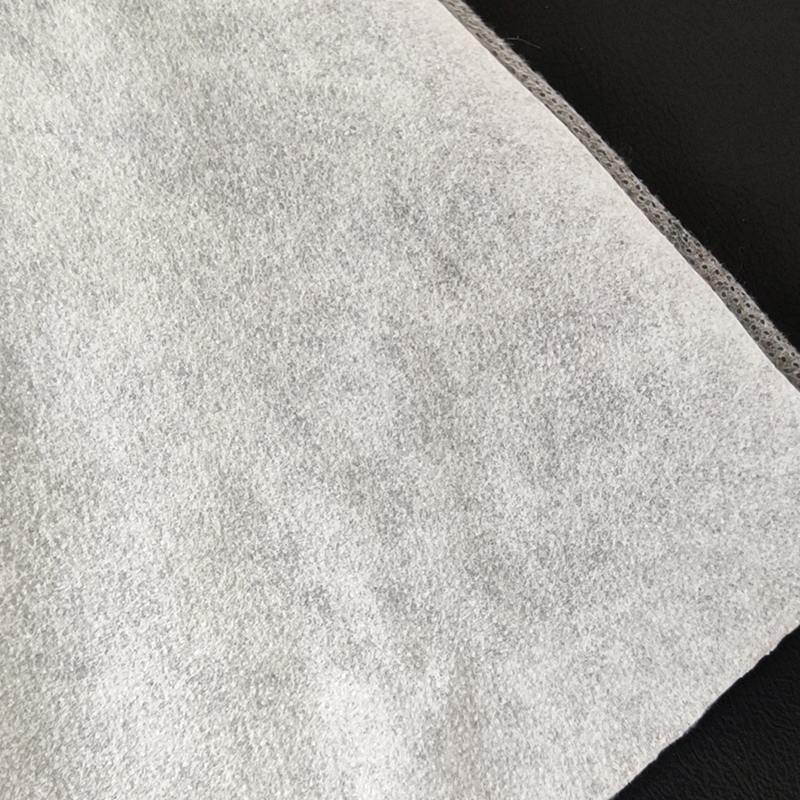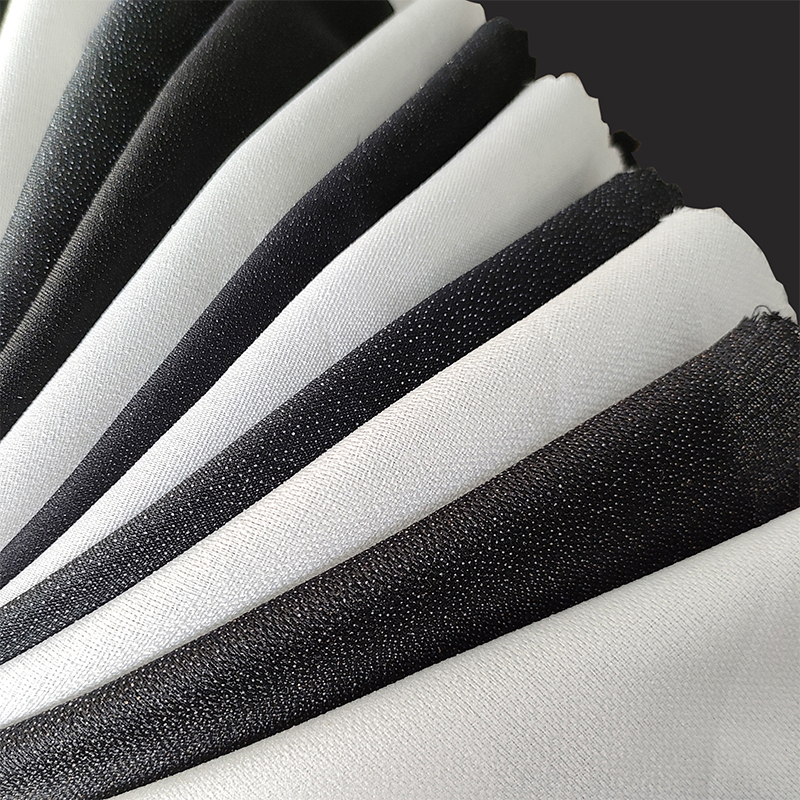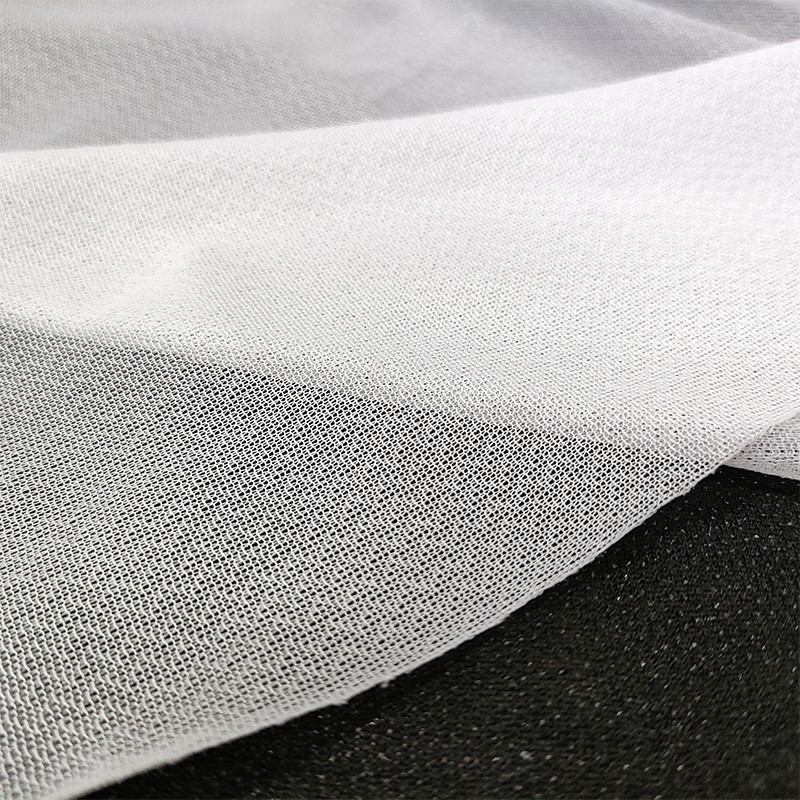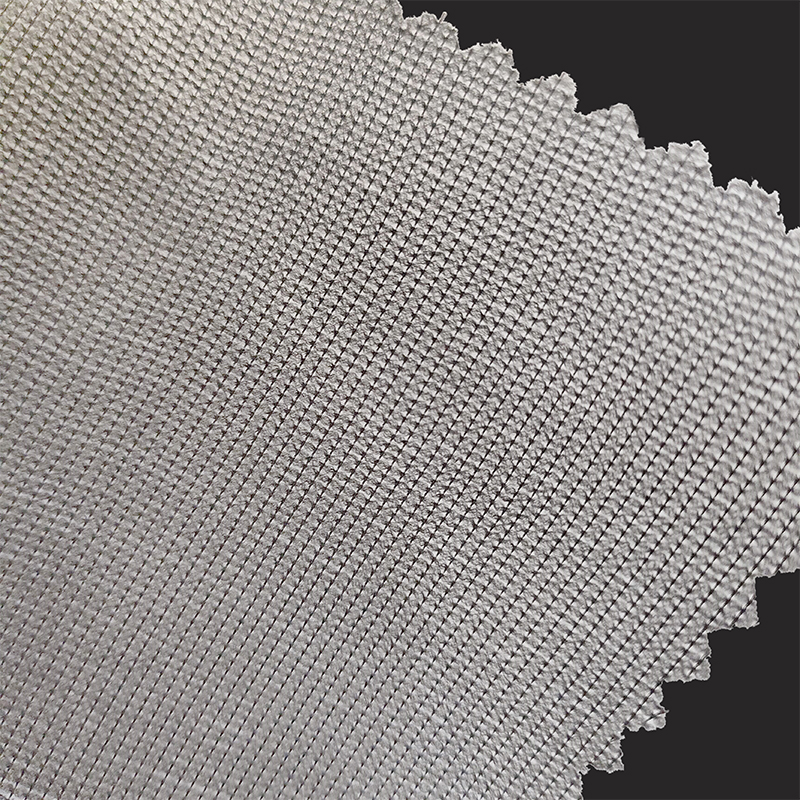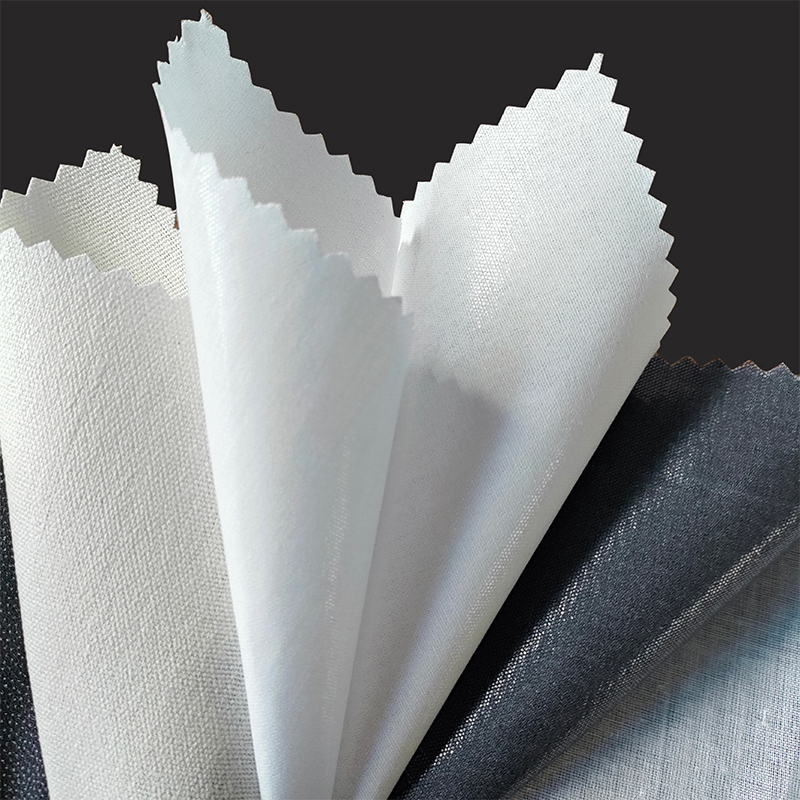Non woven fabric is a multifunctional material in agriculture, especially widely used in crop protection and seedling cultivation. Its specific functions are as follows:
1、 Application as crop protection cloth
Cover the crop surface with cold insulation to form a protective layer, reducing frost and low temperature damage; At the same time, by adjusting the microclimate and extending the growing season, it is particularly suitable for outdoor vegetables and flowers in early spring or late autumn.
Wind and disaster prevention can reduce the physical damage of strong wind, rainstorm or hail to crops, and protect seedlings and vulnerable plants.
Preventing pests and diseases by physically blocking the invasion of pests and pathogens, and reducing the use of chemical pesticides; Reduce humidity and inhibit the spread of fungal diseases after covering.
Inhibiting weeds as ground cover to block sunlight, inhibit weed germination and growth, and reduce the need for manual weeding.
2、 Application as a seedling cloth
After covering the seedling bed with insulation and moisture, stabilize the soil temperature and humidity, avoid excessive temperature differences, and promote uniform germination of seeds.
When watering with water that is permeable and breathable, water can penetrate the fabric surface directly to the roots, while maintaining air circulation to prevent root rot.
Simplify the management of seedling cultivation without the need for frequent fabric removal, ventilation, or seedling refinement. Water can be directly applied to the fabric surface, saving labor.
Cultivate strong seedlings with roots that can stretch more freely in non-woven fabric matrix, forming developed roots that are less likely to damage the seedlings during transplantation.
3、 Other collaborative advantages
Lightweight and durable: easy to lay and recycle, corrosion-resistant, anti-aging, and reusable.
Environmental safety: Some biodegradable materials reduce pollution and avoid soil compaction caused by traditional plastic covering.


 English
English Español
Español Türk
Türk